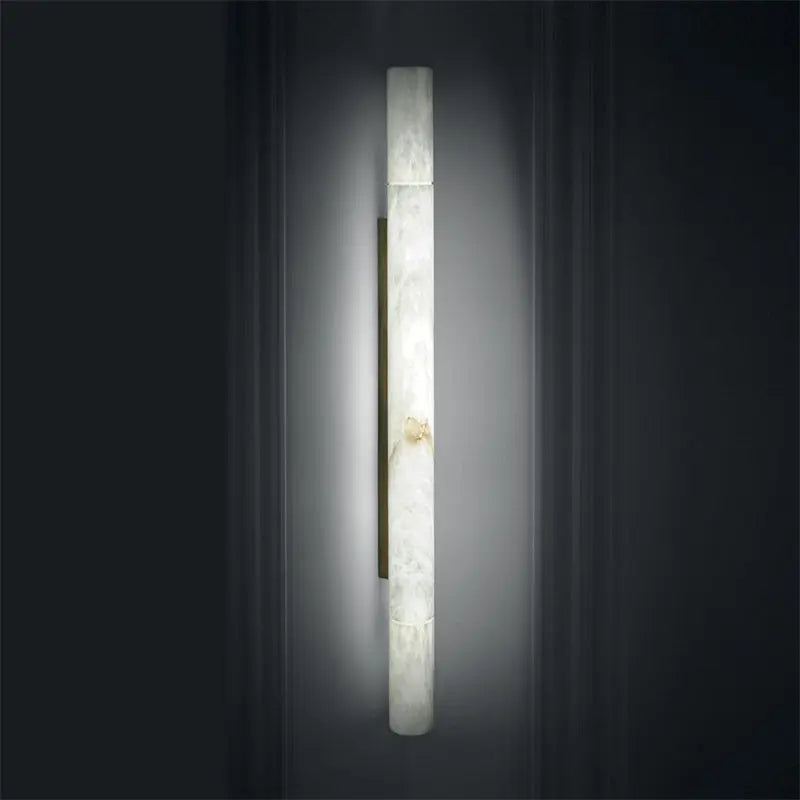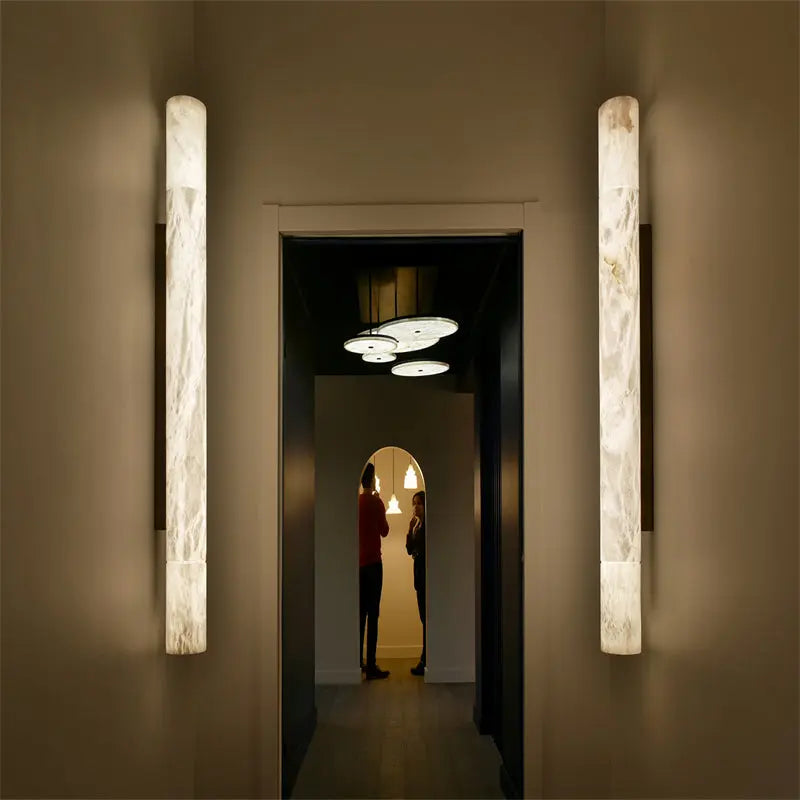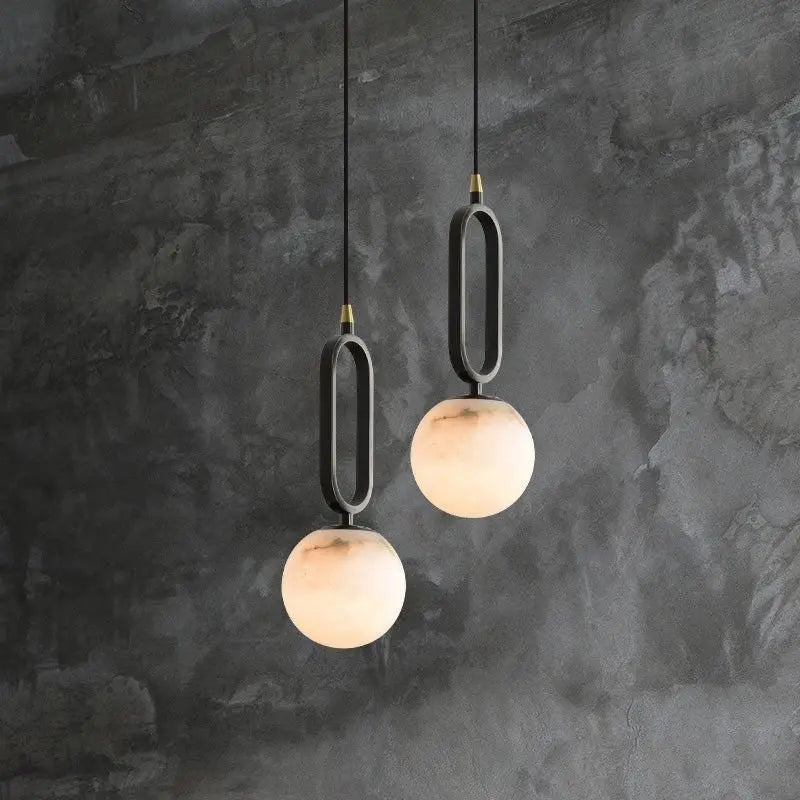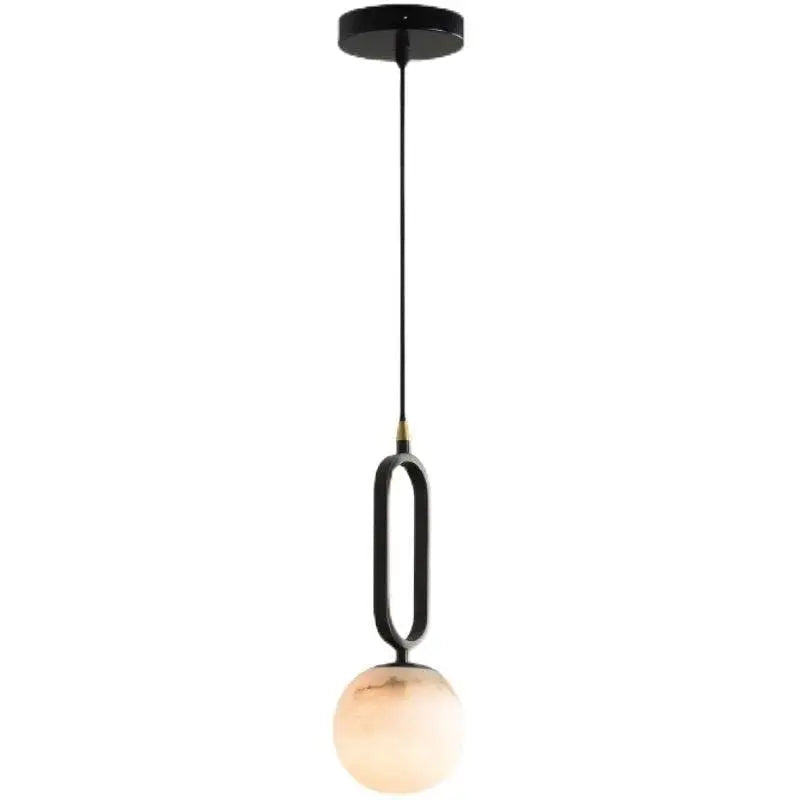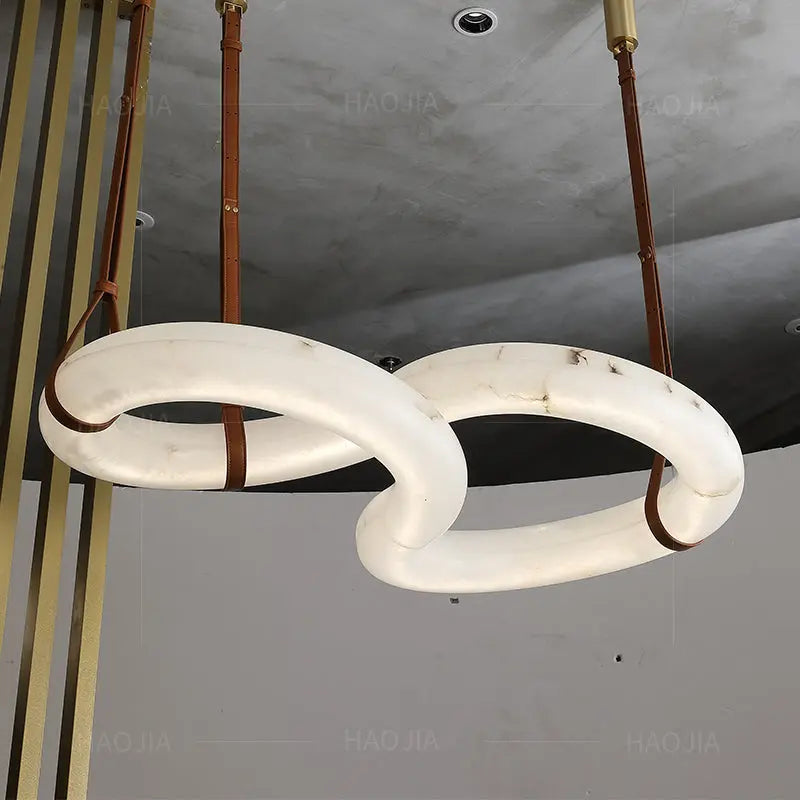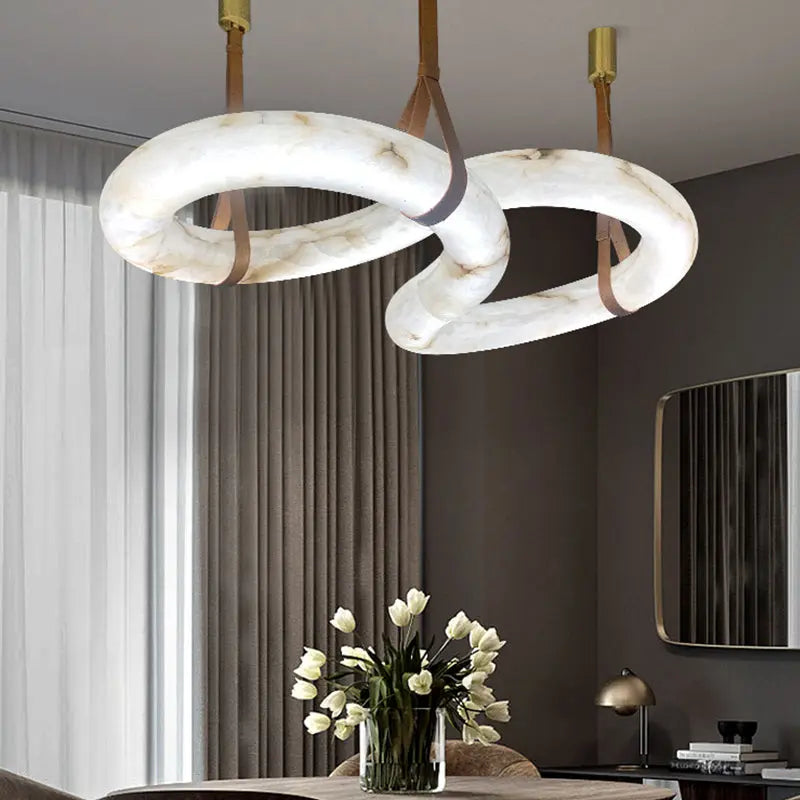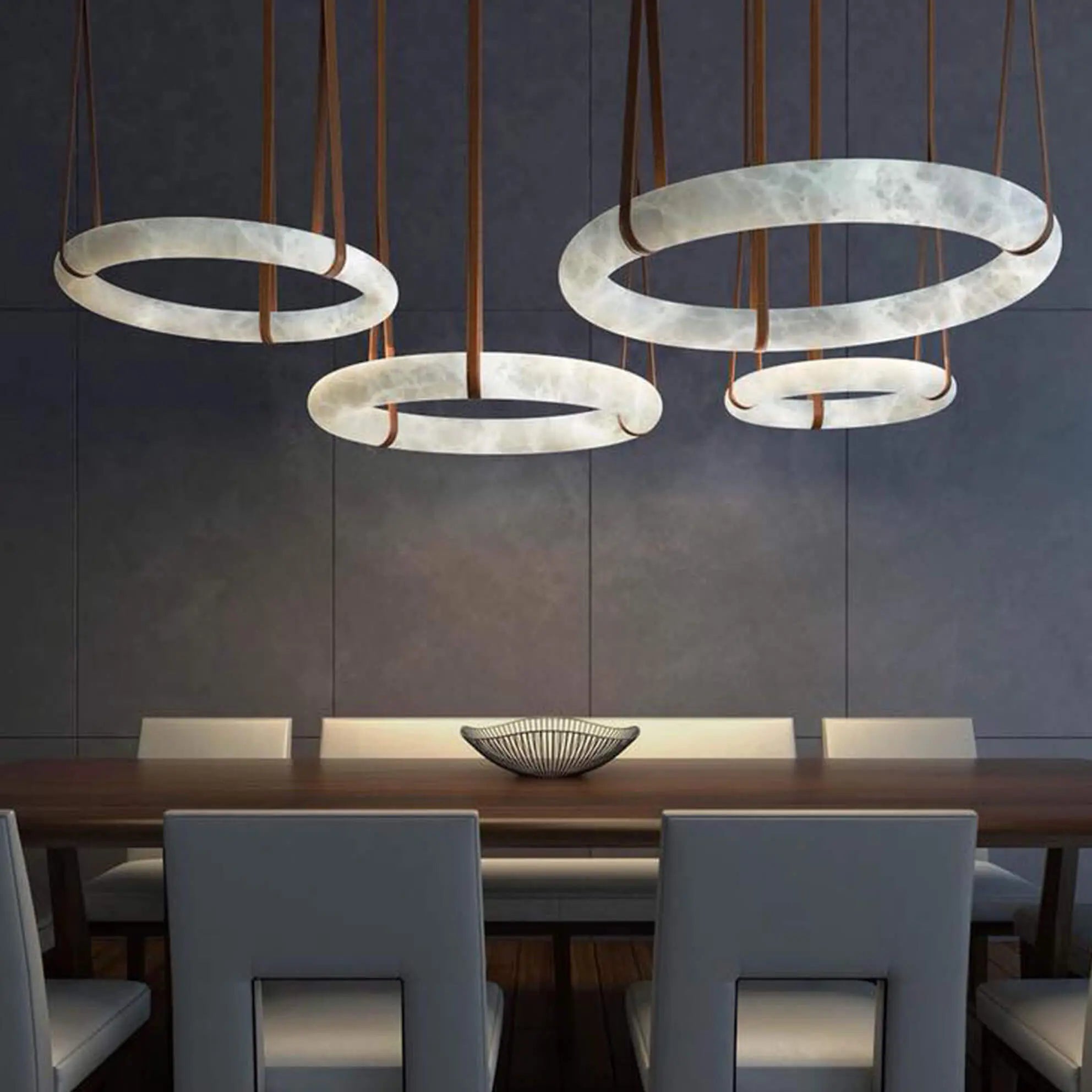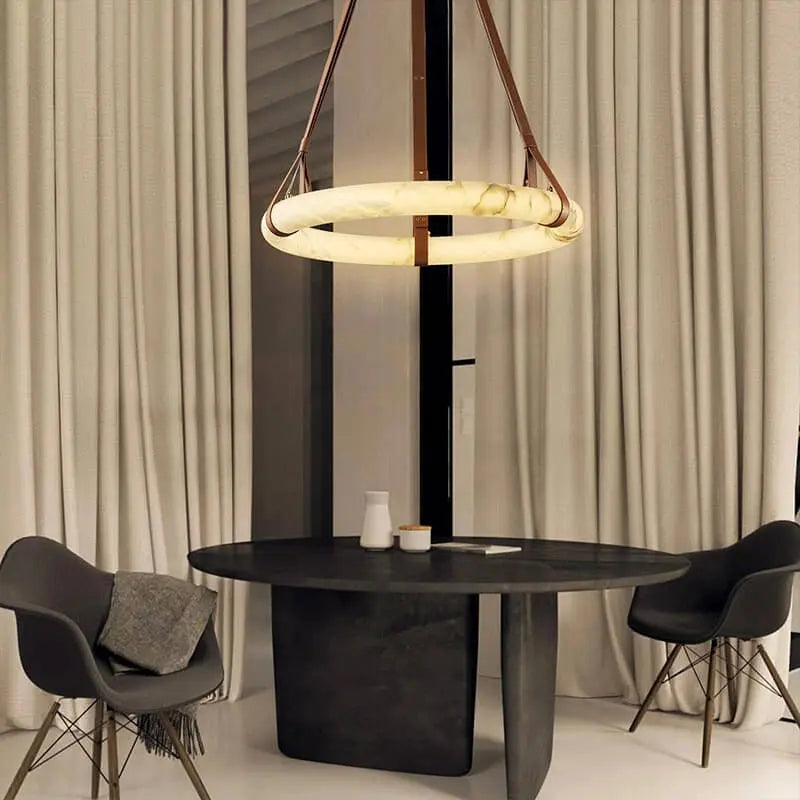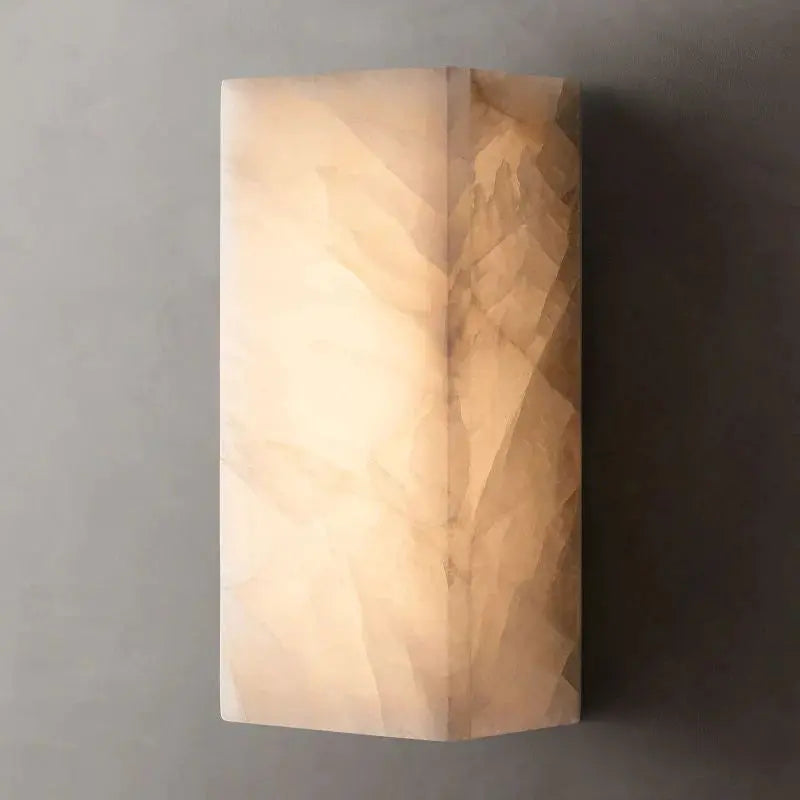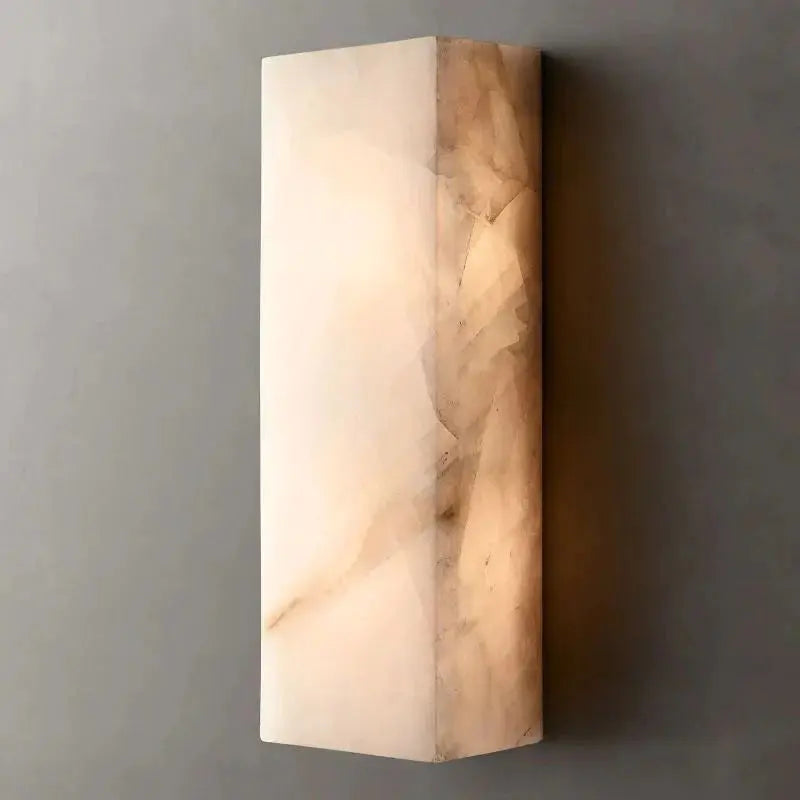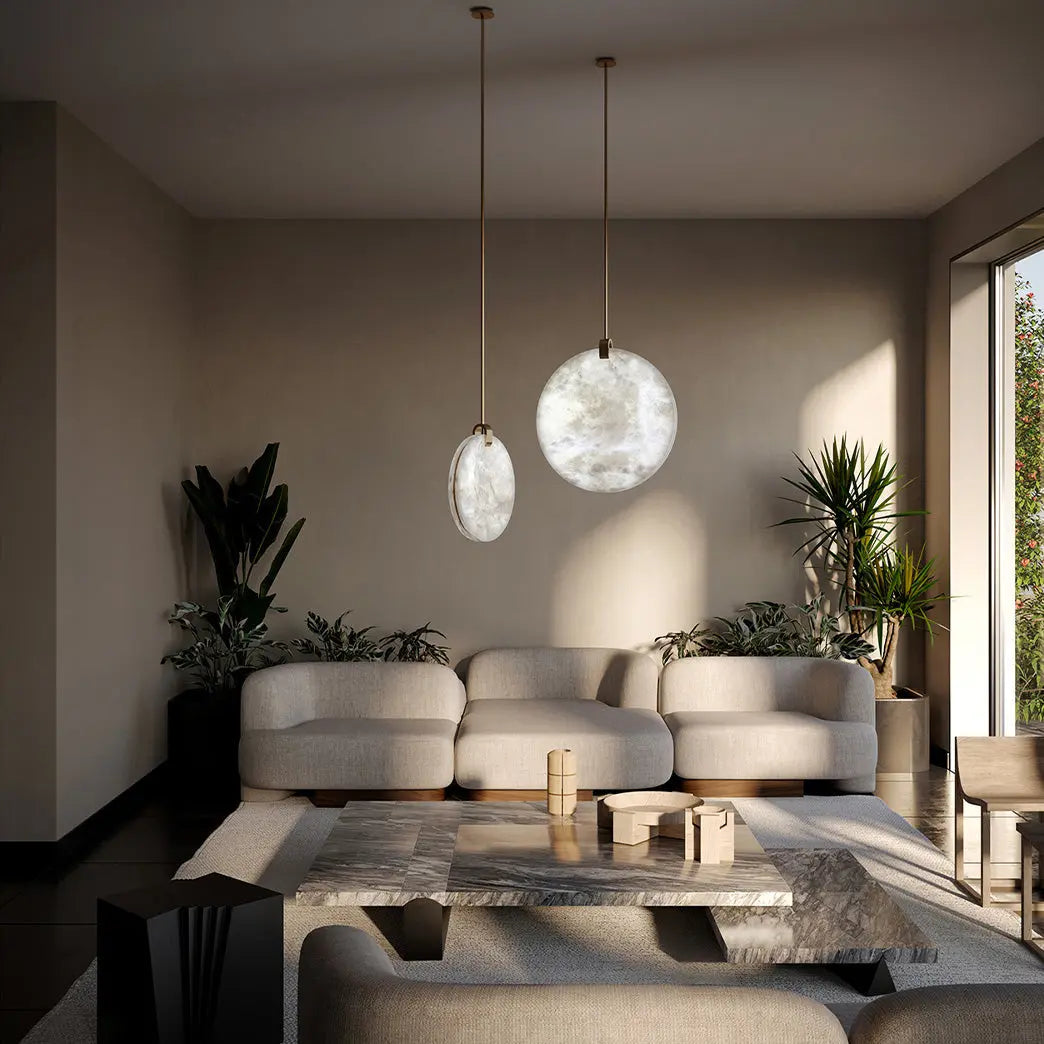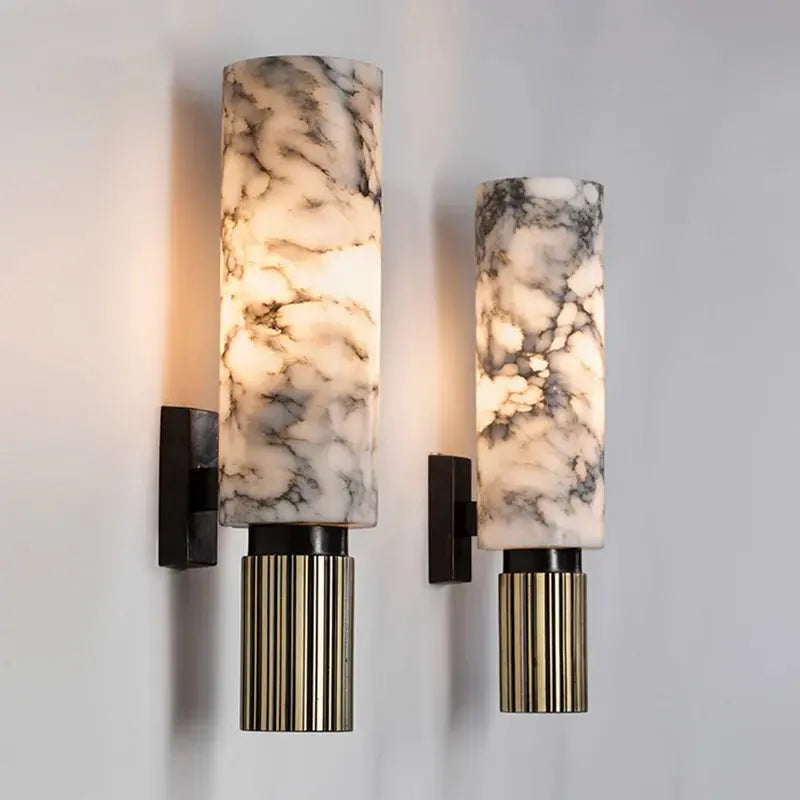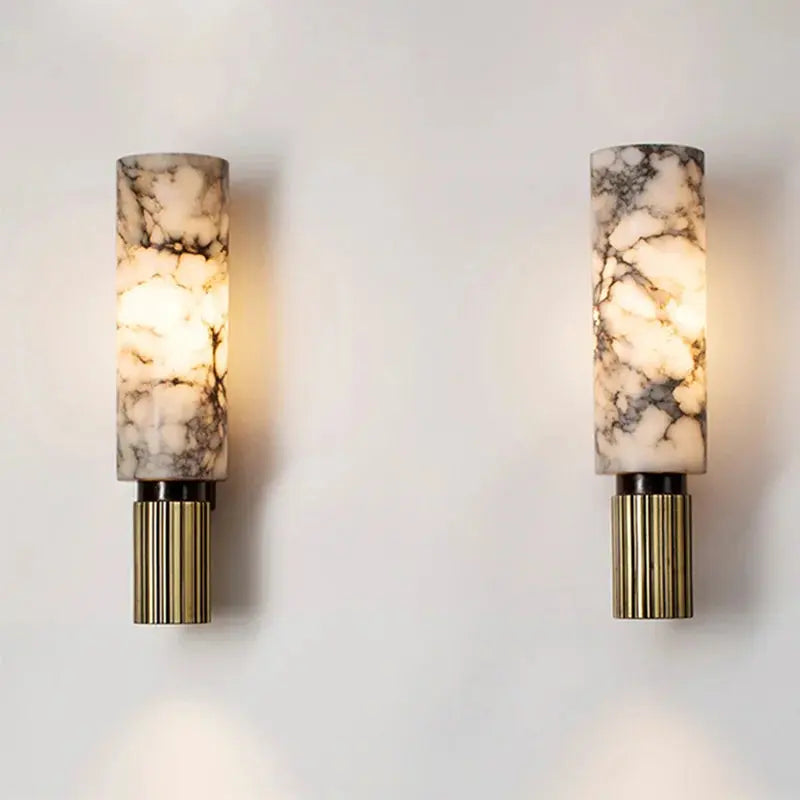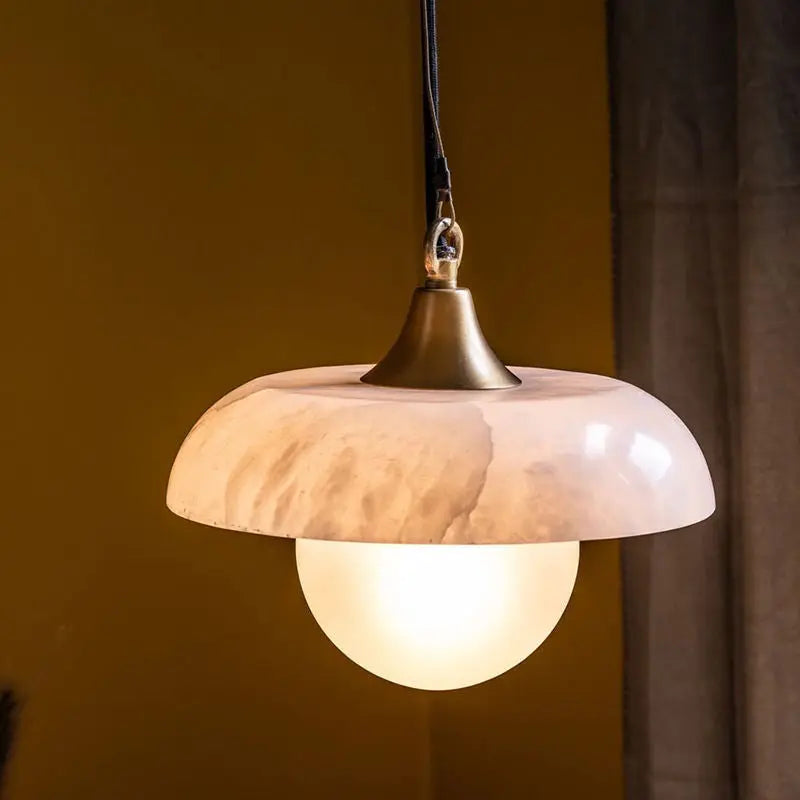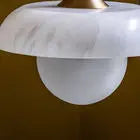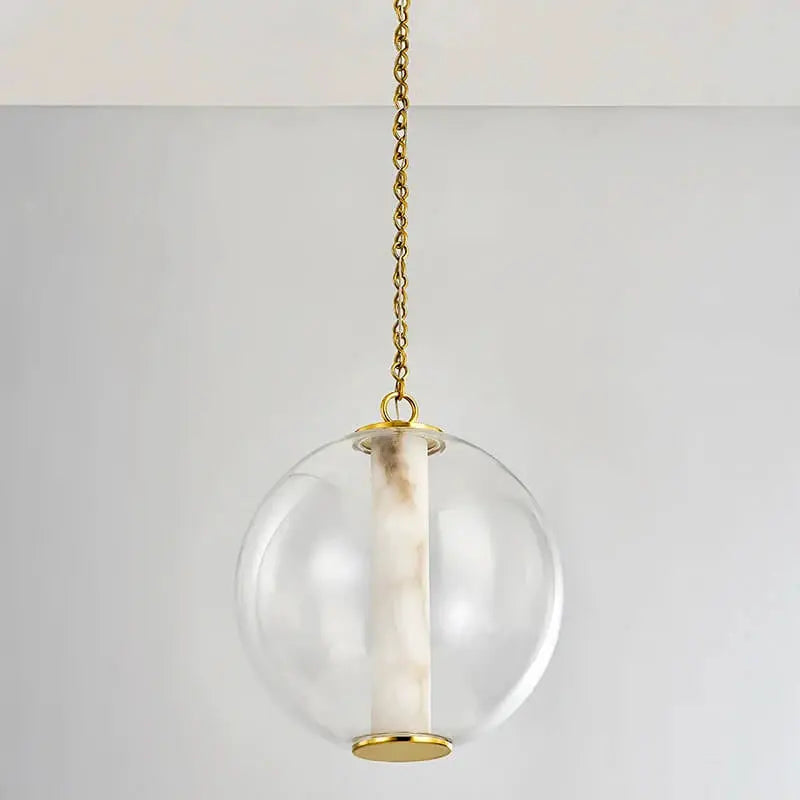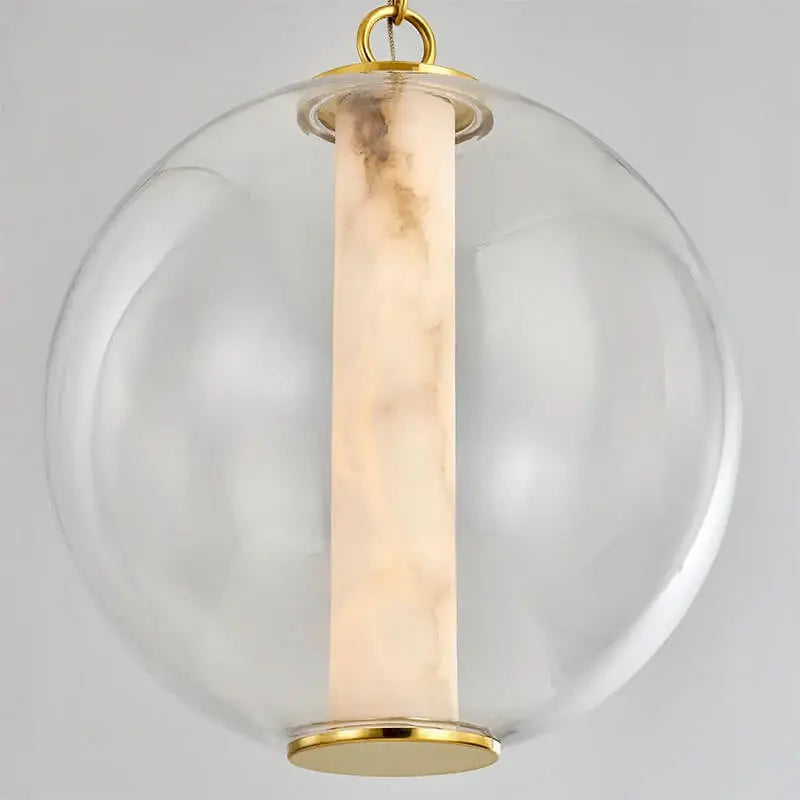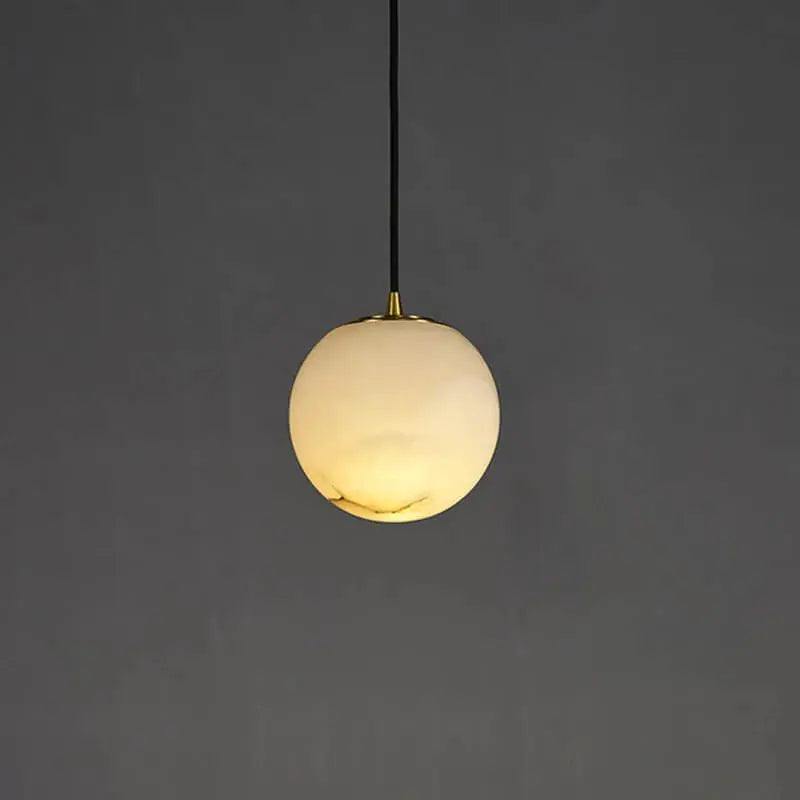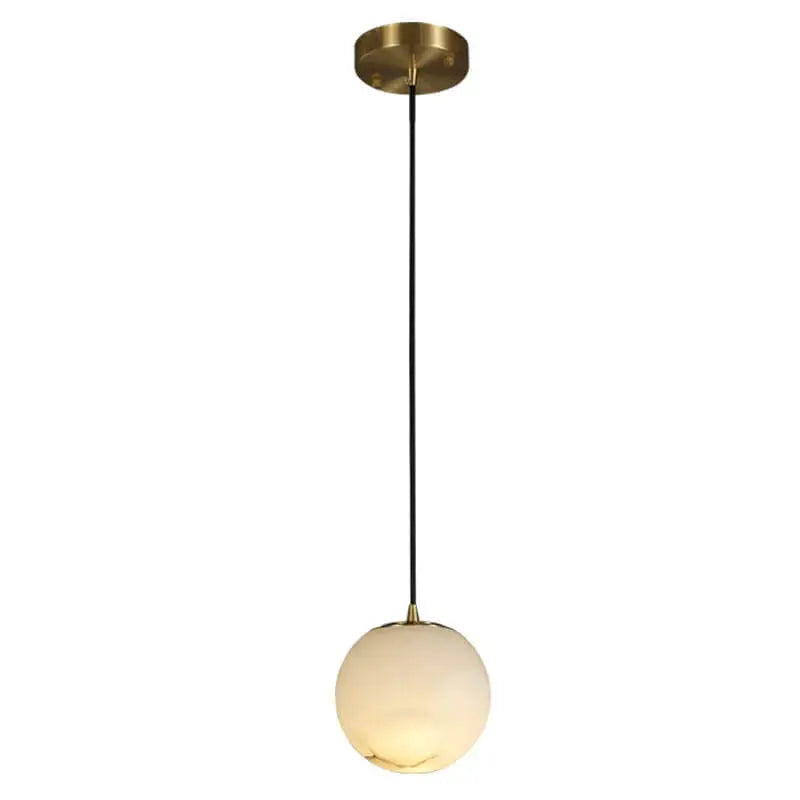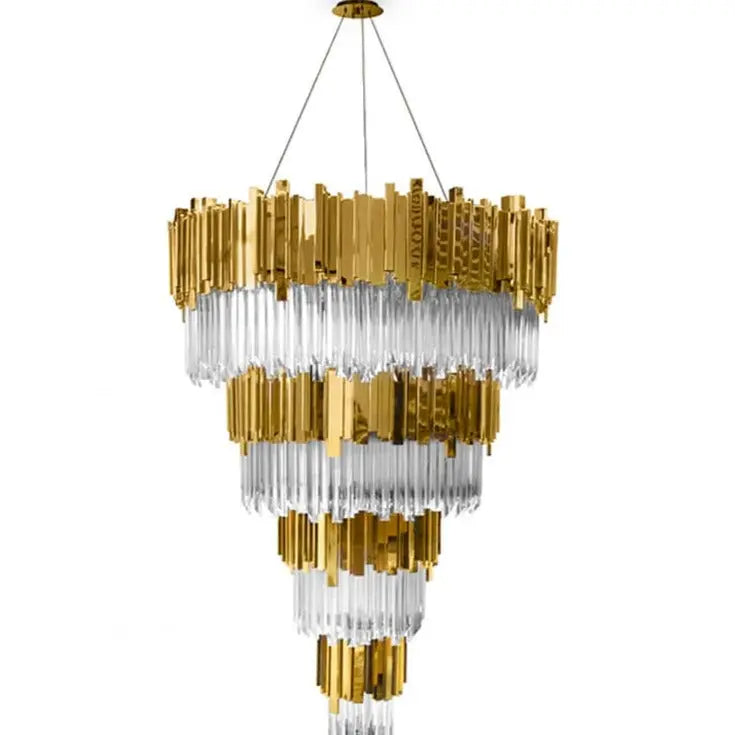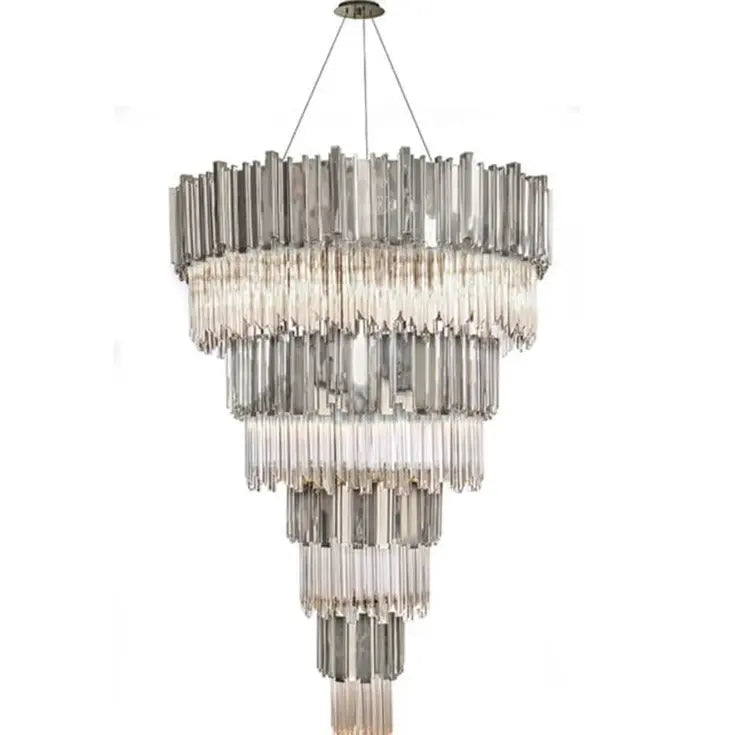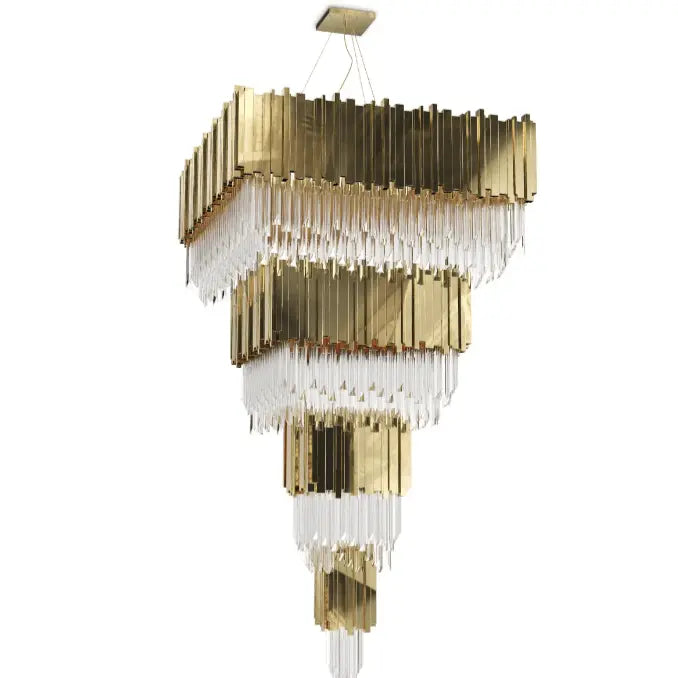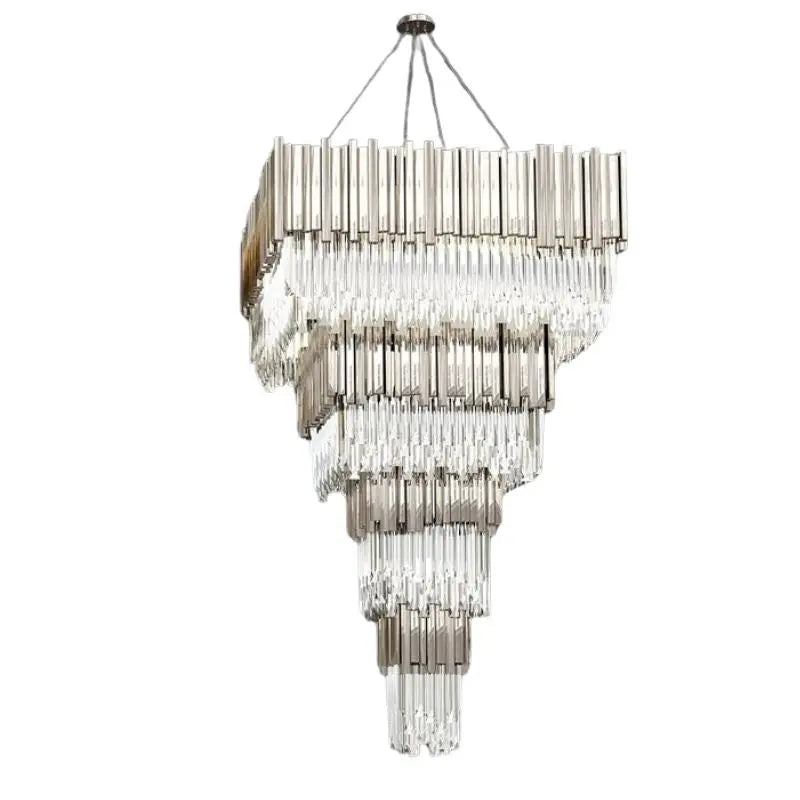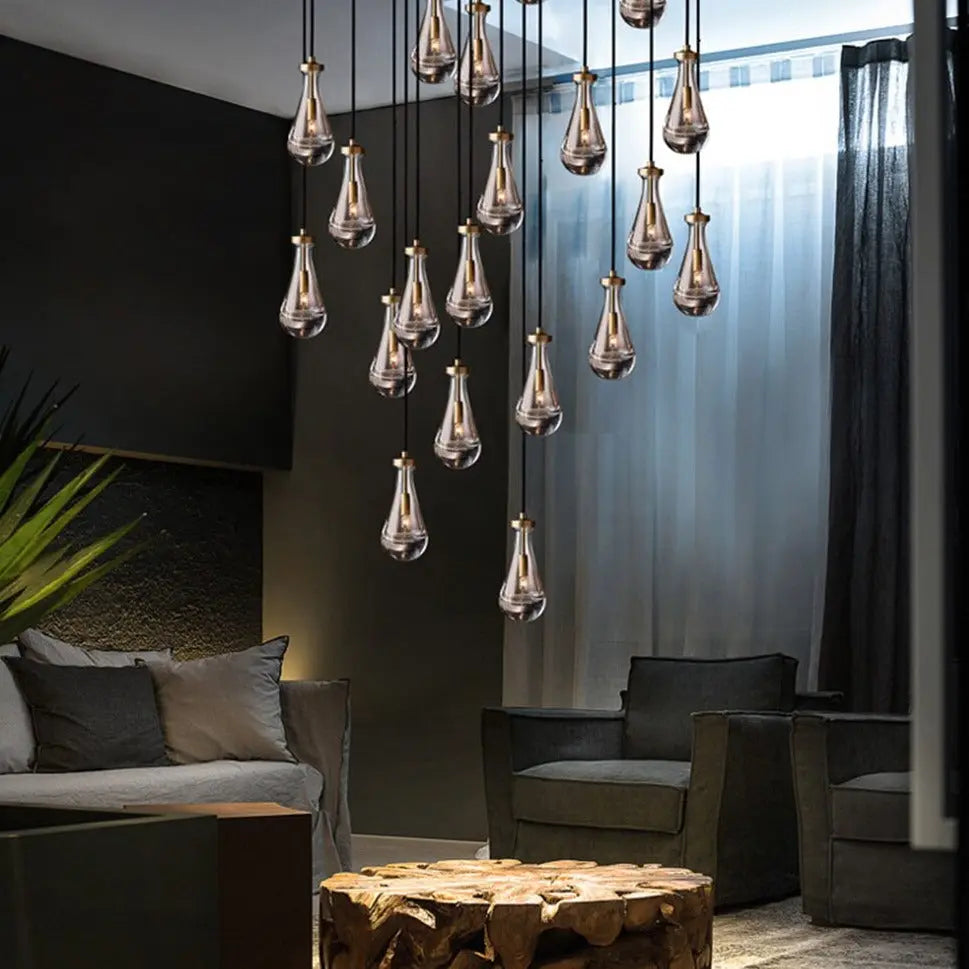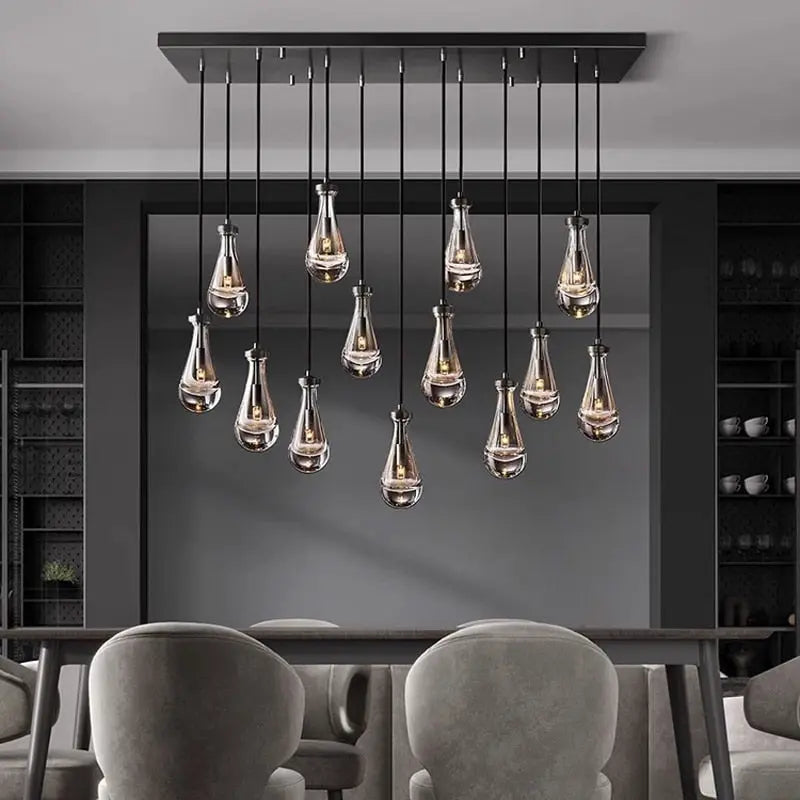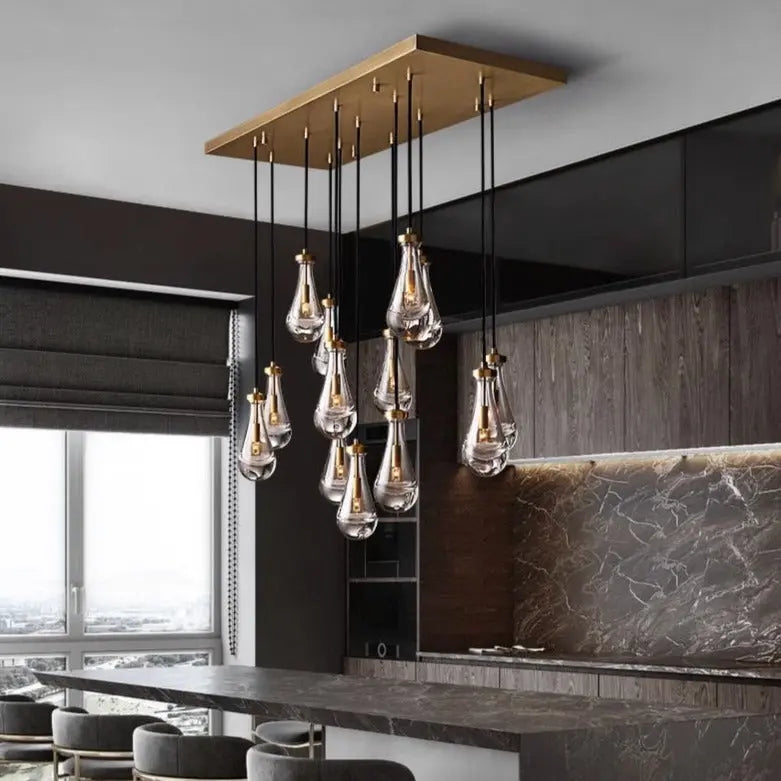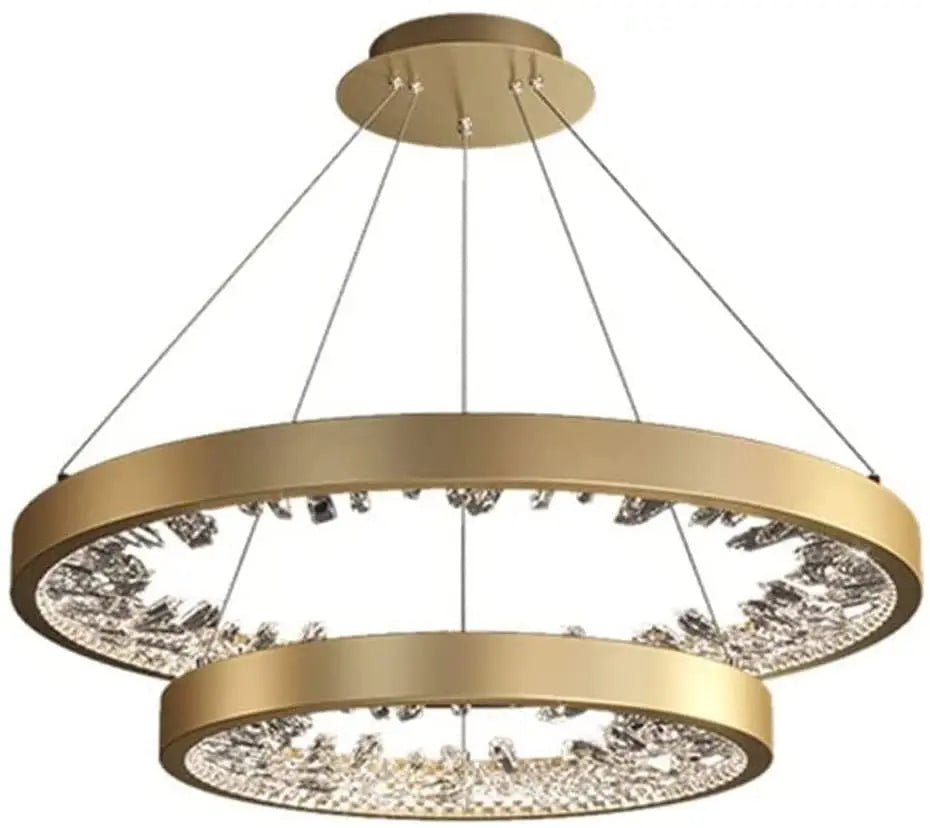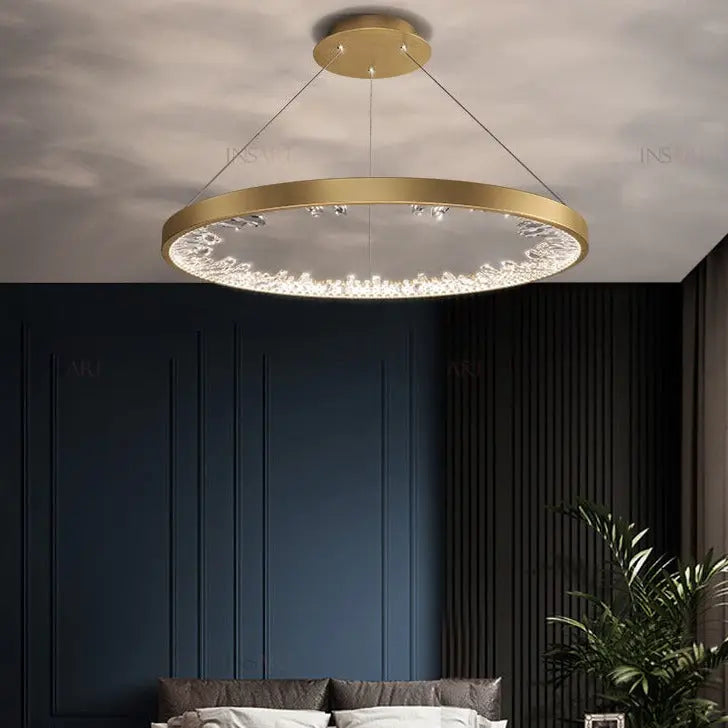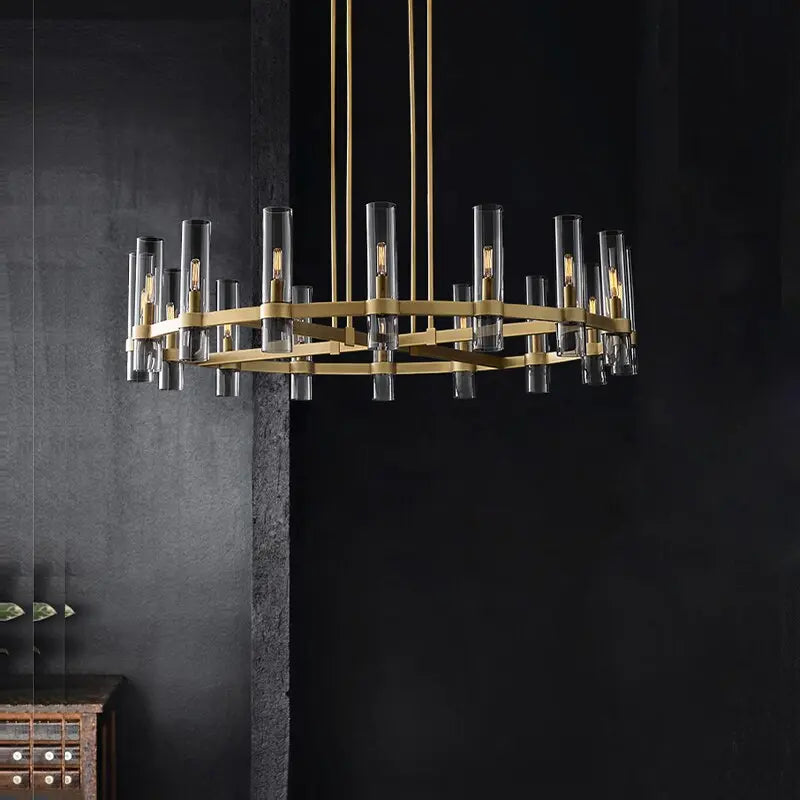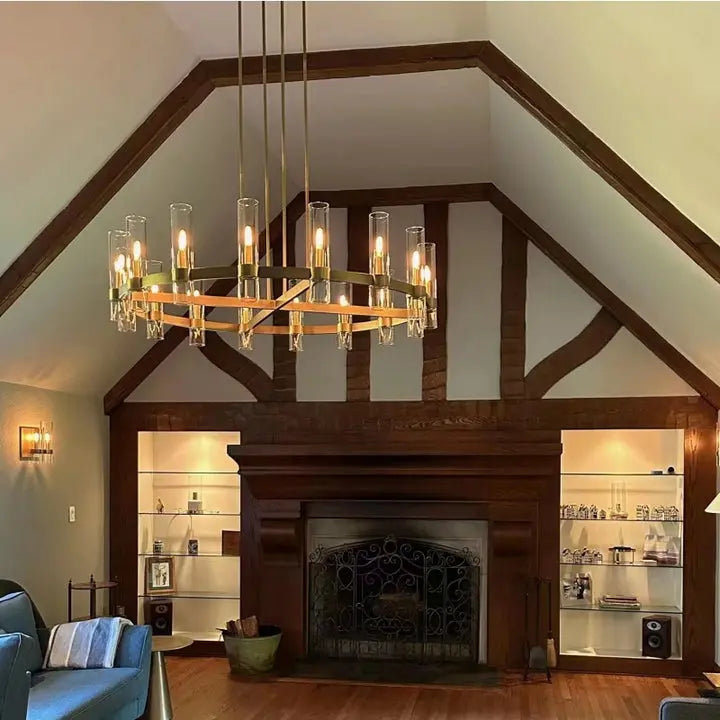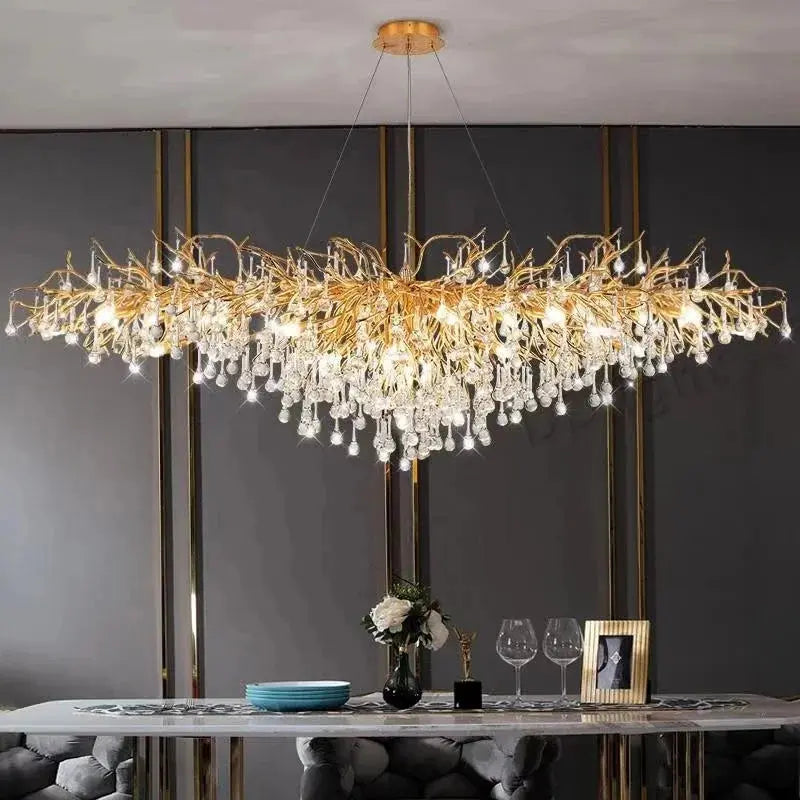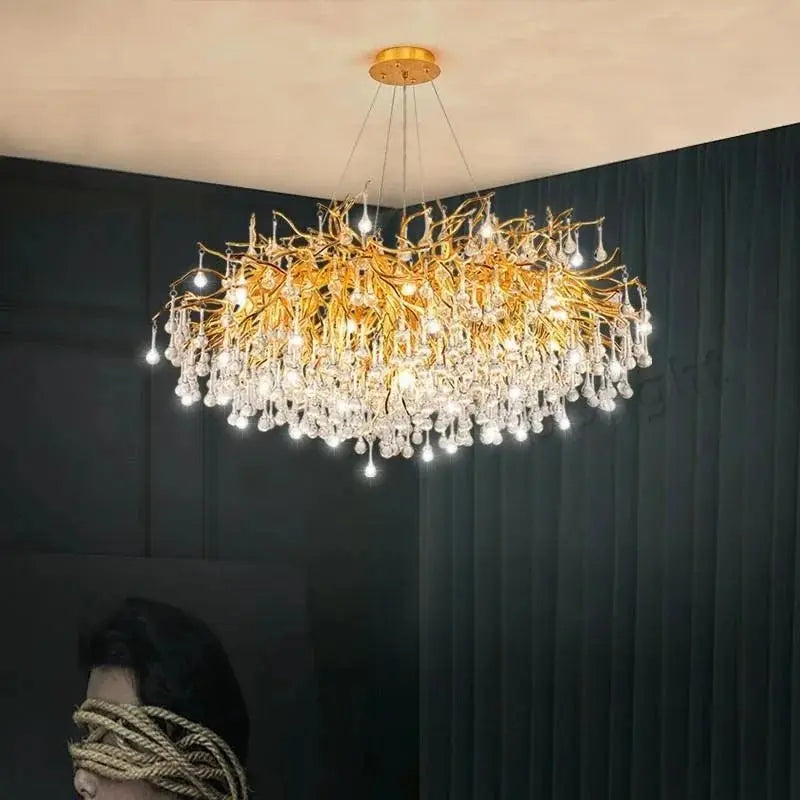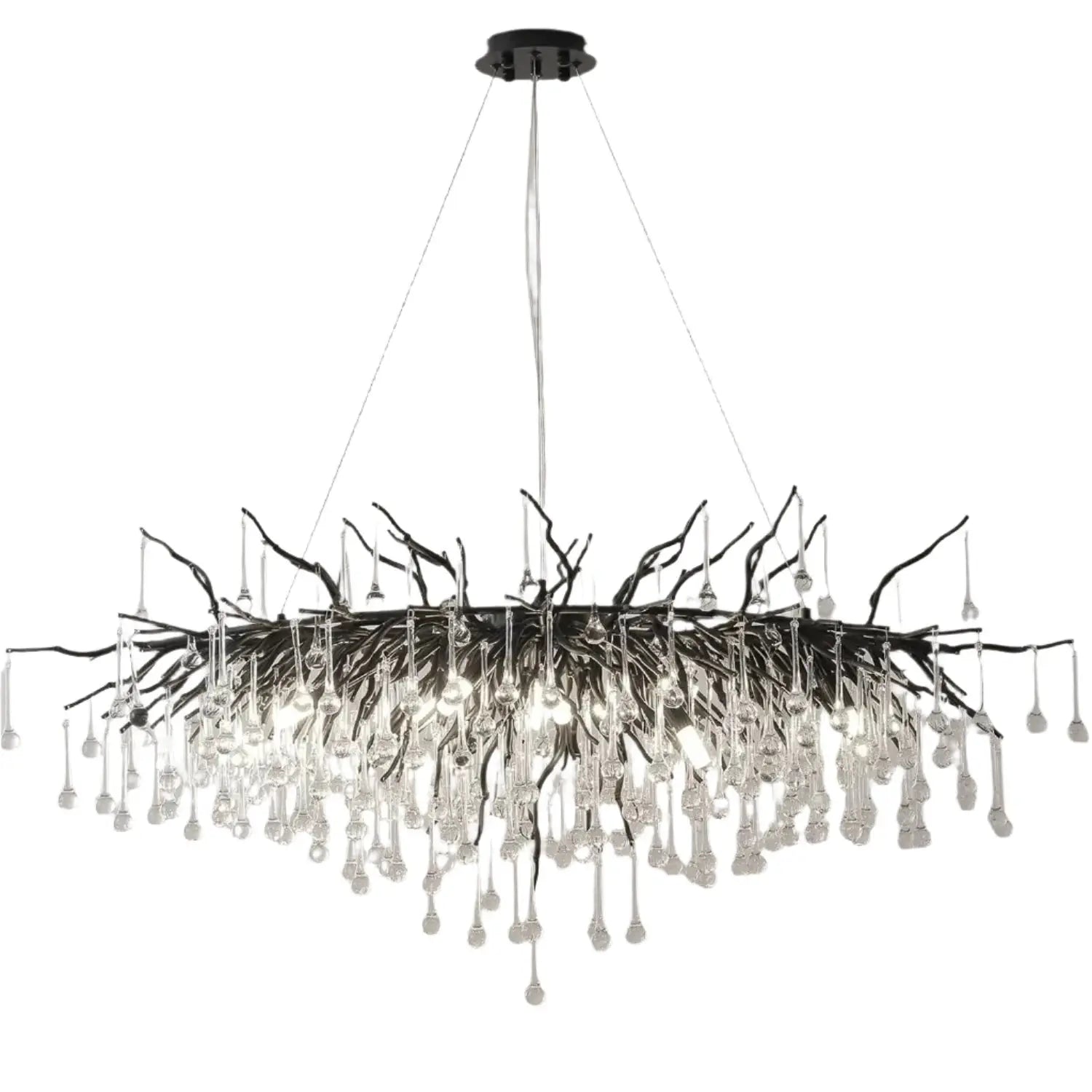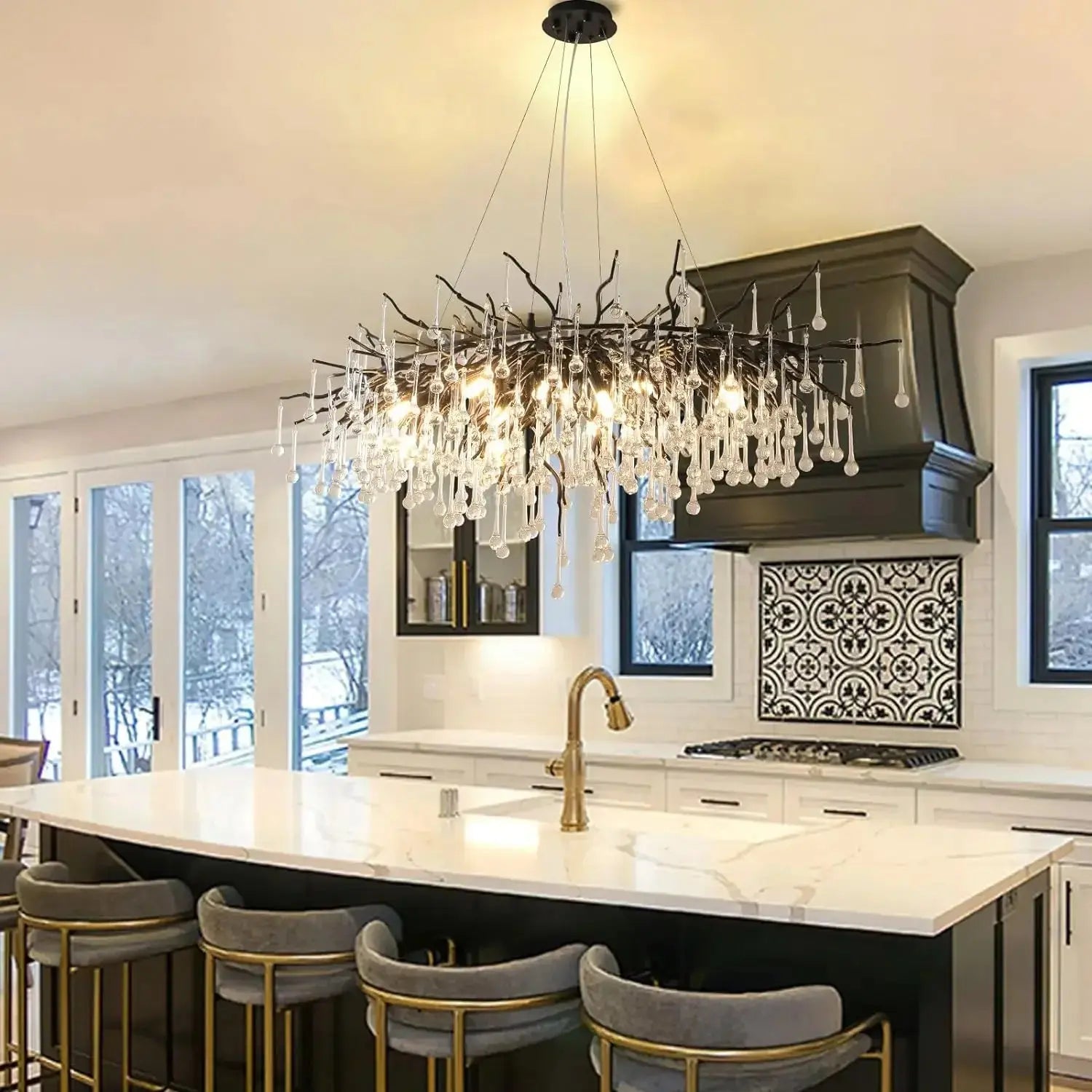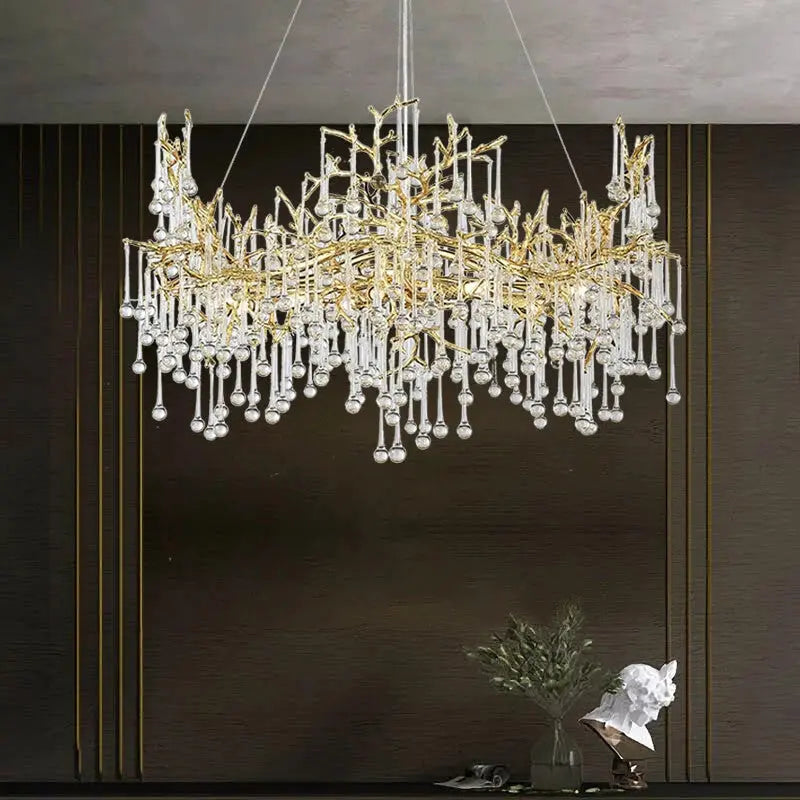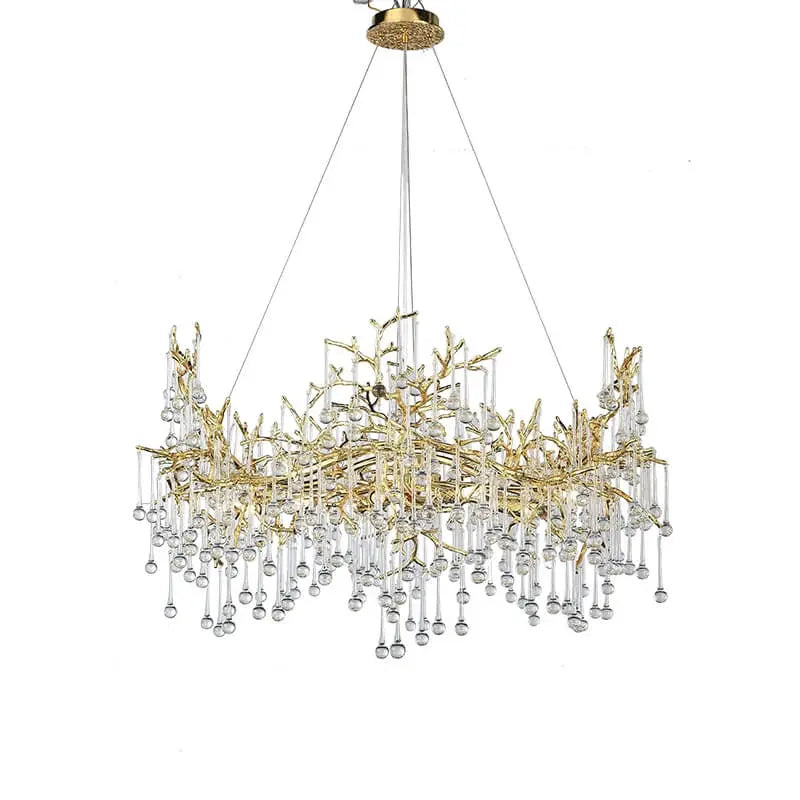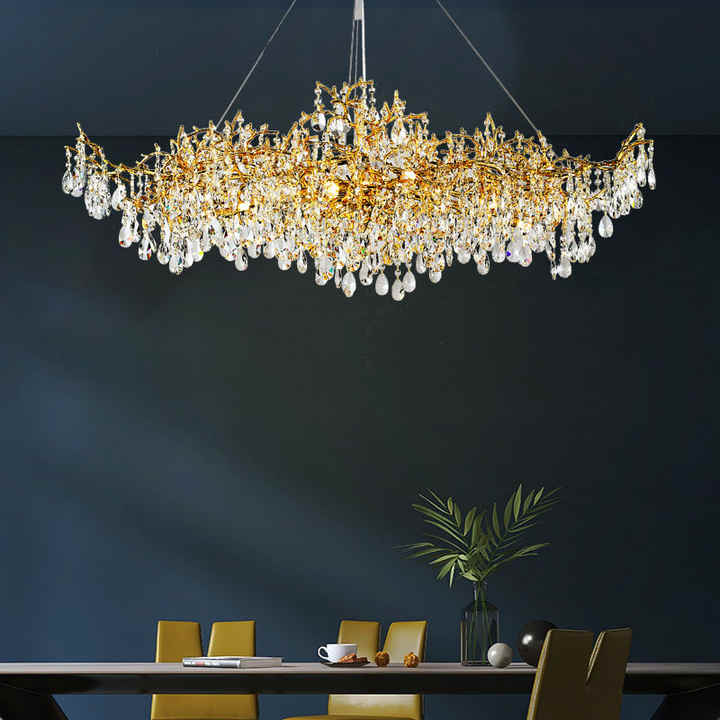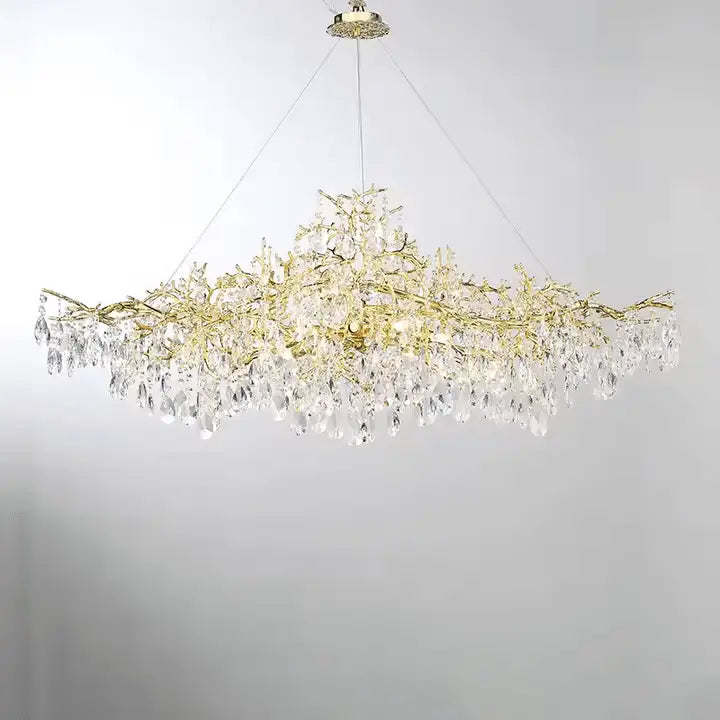Tapestries have been around for centuries, and they’re more than just pretty pieces of fabric. They can tell stories, bring warmth to a room, or even act as a bold centerpiece. Whether you’re into history, art, or just want to spice up your living space, there’s a tapestry out there for you. This guide will walk you through everything from their fascinating history to tips on picking the right one for your home.
Key Takeaways
- Tapestries have deep historical and cultural roots, evolving from practical items to decorative art pieces.
- Choosing a tapestry involves considering your room's style, size, and color scheme.
- Tapestries can be used creatively, including as wall art, room dividers, or even ceiling decor.
- Proper care, like gentle cleaning and using the right tools for hanging, ensures your tapestry lasts.
- Tapestries can serve multiple purposes, from storytelling to adding a cozy and personal touch to your space.
Understanding the History and Significance of Tapestries
The Origins of Tapestry Art
Tapestry art dates back thousands of years, with its roots found in ancient civilizations like Egypt, China, and the Middle East. These early tapestries were often used for practical purposes, such as insulating homes or covering walls. Over time, they evolved into intricate works of art, showcasing the craftsmanship and storytelling of the cultures that created them. The combination of function and beauty made tapestries a staple of early home decor.
Cultural Importance Across Civilizations
Throughout history, tapestries have been much more than decorative items. In medieval Europe, for instance, they were symbols of wealth and status, often commissioned by royalty or the church. They told stories of battles, religious events, and myths, serving as portable pieces of history. In other parts of the world, like India and Peru, tapestries reflected local traditions, using unique weaving techniques and patterns that have been passed down for generations.
Modern-Day Revival of Tapestries
Today, tapestries are experiencing a resurgence in popularity. Modern designs blend traditional techniques with contemporary patterns, making them versatile for any home style—from minimalist to bohemian. Their ability to add texture, color, and a sense of history to a space has made them a favorite among interior designers. Plus, they’re eco-friendly, often crafted from sustainable materials, which aligns with the growing trend of conscious living.
Choosing the Right Tapestry for Your Space

Aligning with Your Room’s Aesthetic
When picking a tapestry, think about the vibe of the room. Is it modern, boho, rustic, or something else? The tapestry should feel like it belongs there. Matching the room's style can make the tapestry look intentional, not random. For example, a minimalist space might work best with simple patterns, while a colorful, eclectic room can handle bold designs.
Selecting the Perfect Size and Shape
Size matters—big time. Measure your wall so you don’t end up with something too small or too overwhelming. Here’s a quick guide:
| Wall Space | Suggested Tapestry Size |
|---|---|
| Small (under 6 ft) | 2x3 ft or 3x5 ft |
| Medium (6-12 ft) | 5x7 ft or 6x9 ft |
| Large (over 12 ft) | 8x10 ft or larger |
A long, horizontal tapestry works well above a couch, while a vertical one can fill narrow wall spaces beautifully.
Exploring Colors and Patterns
The colors and patterns on your tapestry should complement your room's palette. Think of it as adding a cherry on top of your decor. If your room already has a lot going on, go for something neutral or monochromatic. If it’s more toned down, this is your chance to add a pop of color or an intricate design. Patterns like florals, mandalas, or geometric shapes can also help set the mood of the space.
A tapestry isn’t just decoration—it’s a way to bring personality into your home. Choose something you genuinely love, and it’ll transform your space into something uniquely yours.
Creative Ways to Incorporate Tapestries into Your Home

Classic Wall Hanging Techniques
Hanging a tapestry on your wall is the most traditional and straightforward way to use it. It instantly adds character and warmth to any room. To do this:
- Use a curtain rod or decorative dowel to hang the tapestry.
- Insert the rod through the top hem.
- Secure the rod to the wall using brackets or hooks.
- Adjust the height to suit the space.
For a more casual look, you can also use push pins or clips to attach the tapestry directly to the wall. This method works well in living rooms, bedrooms, or even home offices.
Using Tapestries as Room Dividers
In open spaces, tapestries can act as functional and artistic room dividers. Hang one using a tension rod or a freestanding frame to create a private nook or separate areas in a studio apartment. This approach not only provides privacy but also adds a soft, textured element to the space.
Transforming Ceilings with Tapestries
Don’t forget about your ceiling! Draping a tapestry overhead can create a cozy, tent-like atmosphere. This works particularly well in bedrooms or reading corners. Simply attach the corners of the tapestry to the ceiling with hooks or adhesive strips, letting it hang slightly loose for a relaxed effect.
Practical Tips for Hanging and Maintaining Tapestries
Best Tools for Hanging Tapestries
Hanging a tapestry might seem straightforward, but using the right tools can make a huge difference. Here’s what you’ll need:
- Curtain Rods or Decorative Dowels: These work great for tapestries with a sewn-in pocket at the top.
- Command Hooks or Adhesive Strips: Perfect for renters or anyone avoiding wall damage.
- Push Pins or Nails: A simple option for lightweight pieces.
To hang your tapestry securely:
- Measure the wall space to ensure proper alignment.
- Decide on the height based on the room’s layout.
- Use a level to keep it straight while securing it.
A well-hung tapestry not only looks polished but also prevents unnecessary wear and tear on the fabric.
Cleaning and Preserving Your Tapestry
Tapestries, like any fabric, need occasional cleaning to maintain their beauty. Always check the care label first to avoid damage. Here are some general tips:
- Vacuum Regularly: Use a soft brush attachment to remove dust.
- Spot Clean Stains: Gently blot with a damp cloth and mild detergent.
- Professional Cleaning: For delicate or antique pieces, take them to a professional cleaner.
Store unused tapestries in a cool, dry place, preferably rolled rather than folded to prevent creases.
Avoiding Common Mistakes
When it comes to hanging and maintaining tapestries, a few common missteps can lead to problems:
- Skipping Proper Support: Heavy tapestries need sturdy hardware; otherwise, they may fall or damage the wall.
- Placing in Direct Sunlight: Prolonged exposure can cause fading over time.
- Neglecting Regular Cleaning: Dust buildup can dull the colors and weaken the fabric.
By keeping these tips in mind, your tapestry will remain a stunning centerpiece in your home for years to come.
Exploring Unique Uses for Tapestries Beyond Wall Decor
Tapestries as Tablecloths or Bedspreads
Tapestries aren’t just for walls—they can easily become functional and stylish pieces in your home. Using a tapestry as a tablecloth instantly transforms your dining table into a conversation starter. Whether it’s a formal dinner or a casual picnic, the intricate designs add a touch of artistry to your meals. Similarly, draping a large tapestry over your bed as a bedspread can make your bedroom feel luxurious and unique. It’s an easy way to refresh your space without investing in new furniture.
Creating Cozy Nooks with Tapestries
Got an unused corner or an empty alcove? Turn it into a snug retreat with the help of a tapestry. Hang one up, add some soft cushions, and maybe a small table for your tea or books. This setup creates a personal nook that’s both inviting and stylish. It’s especially great for reading or meditating, offering a space that feels separate from the rest of your home.
Event and Party Decorations
Tapestries are a game-changer when it comes to event decor. Use them as backdrops for photo booths, cover unsightly walls, or even drape them over tables for a festive vibe. Their versatility makes them perfect for weddings, birthdays, or even casual get-togethers. Plus, they’re reusable, which makes them a more sustainable choice compared to single-use decorations.
Tapestries bring a unique blend of functionality and beauty to your home. By thinking outside the box, you can use them in ways that truly reflect your personal style.
The Emotional and Personal Connection to Tapestries
Reflecting Your Personal Style
Tapestries are more than just decorative pieces; they tell a story about who you are. Whether you prefer intricate, historic designs or modern, minimalist patterns, your choice of tapestry can reflect your unique taste. It’s like wearing your personality on your walls. Think of it as a canvas that speaks volumes about your favorite colors, themes, and textures.
Telling Stories Through Tapestry Art
Every tapestry has a story, and sometimes, it’s one that aligns with your own. Maybe it’s a piece you picked up during your travels, or perhaps it’s a family heirloom passed down through generations. These woven artworks can serve as conversation starters, offering guests a glimpse into your personal history or interests.
Creating a Sense of Comfort and Warmth
There’s something undeniably cozy about a tapestry. The soft textures and warm colors can instantly make a room feel more inviting. Whether it’s draped over a bed, hung on a wall, or even used as a throw, a tapestry has the power to transform a space into a sanctuary. It’s not just decor—it’s a feeling of home.
Wrapping It Up
Tapestries are more than just fabric on a wall—they’re a way to show off your personality and make your space feel like home. Whether you’re going for a bold statement or a subtle touch, there’s a tapestry out there that’s just right for you. So, don’t overthink it. Pick something that speaks to you, hang it up, and let it transform your room. At the end of the day, your home should feel like your own little sanctuary, and a tapestry can help make that happen.
Frequently Asked Questions
What exactly is a tapestry?
A tapestry is a piece of fabric, often woven, that features decorative designs or images. It can be used as wall art, a throw, or even furniture covers.
How do I pick the right tapestry for my home?
Consider your room's style, the size of the wall, and the color scheme. Choose a tapestry that complements your space and reflects your personal taste.
What’s the best way to hang a tapestry?
You can use curtain rods, push pins, or adhesive strips. Make sure to choose a method that won’t damage the fabric or your walls.
Can tapestries be used for purposes other than wall decor?
Yes! Tapestries can serve as bedspreads, tablecloths, picnic blankets, or even room dividers. They’re very versatile.
How do I clean and maintain a tapestry?
Most tapestries can be spot-cleaned or gently hand-washed. Always check the care instructions to avoid damage.
Are tapestries expensive?
Tapestries come in a wide range of prices. You can find affordable options as well as high-end, artist-made designs. There’s something for every budget.


